Citlaltépetl “Mountain of the Star”
Pico de Orizaba is the dormant stratovolcano at 5,636 m, located in central Mexico, on the edge of the Trans-Mexican Volcanic Belt. It is the tallest mountain in Mexico, and the third highest mountain in North America, with only Denali in Alaska and Mt Logan in Canada being higher. It is also the seventh most prominent mountain in the world, and the second most prominent volcano, the first one is Mt Kilimanjaro.
There are few different legends and stories about the name – Pico de Orizaba. I’ve been told that it is called – Citlaltépetl which means “Mountain of the Star” (citlalli – star and tépetl -mountain or hill).
In 1848 during the American occupation of Mexico two American soldiers F. Maynard and William F. Raynolds were the first explorers who managed to reach the summit of Citlaltépetl.
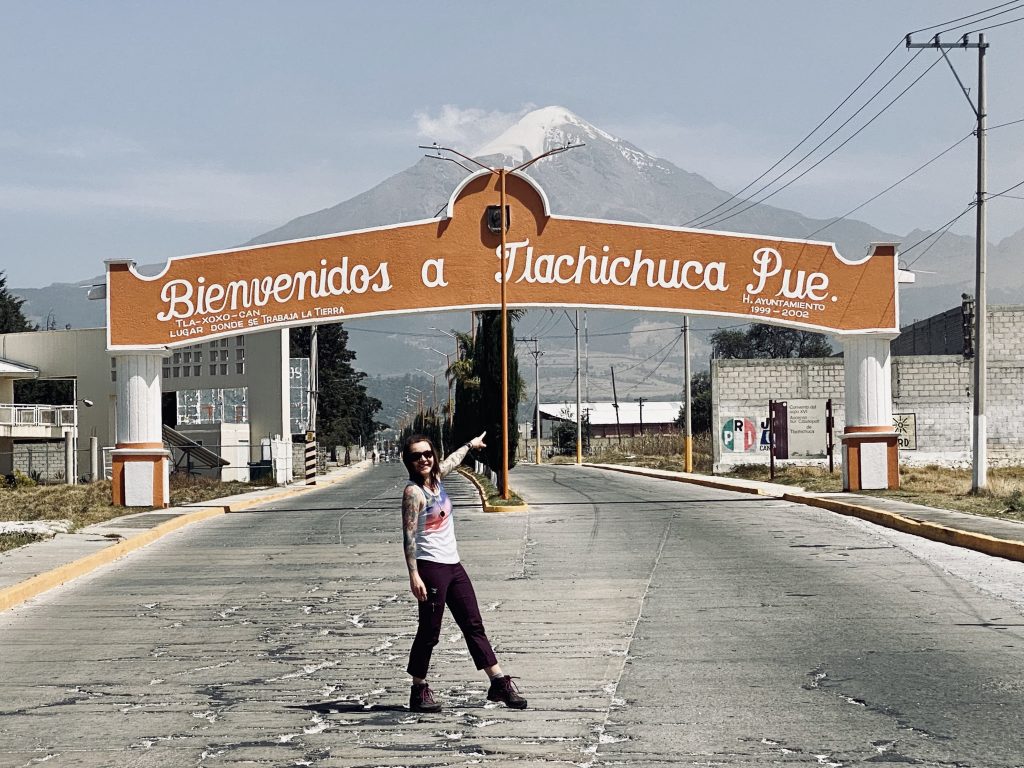
Why Orizaba?
Orizaba is a popular climbing destination for mountaineers preparing for more challenging and higher mountains in the Andes or Himalayas. I think Orizaba is a perfect mountain on which you can experience glaciers, improve your ice climbing skills, use your crampons, ice axa, and at the same time condition yourself for higher and steeper mountains. On my summit day I met LAURA Y YURI, who was training for their Makalu expedition in the Himalayas. It is the fifth highest mountain in the world at 8,485 metre.
Climbing Routes Physical requirements and technical difficulties
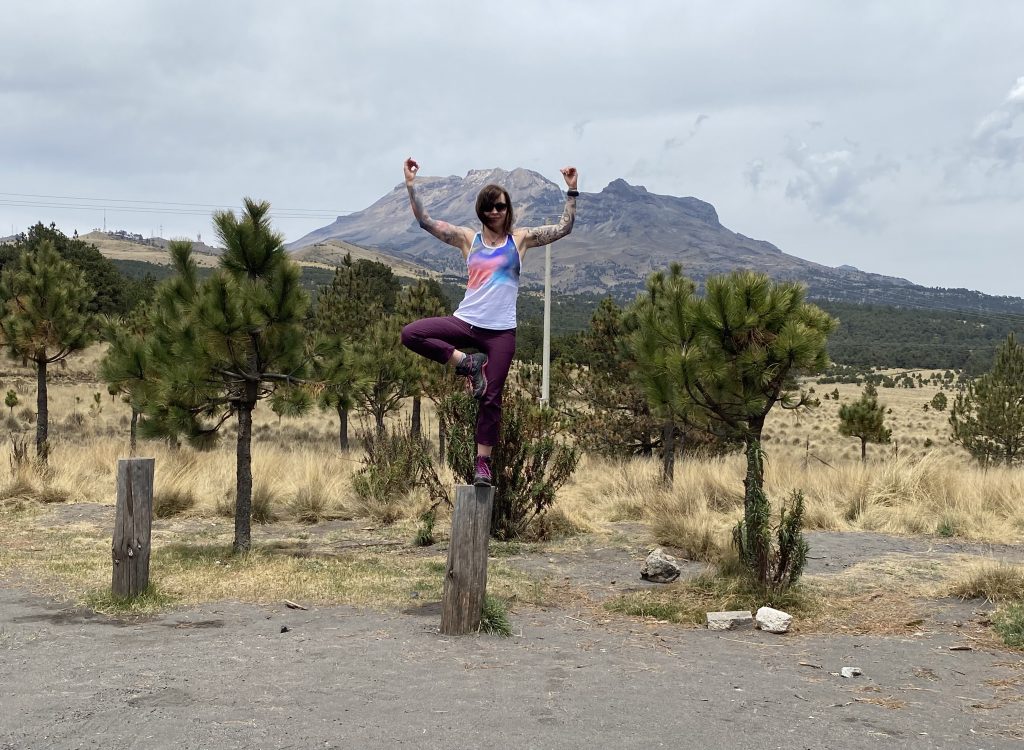
There are a number of routes leading up to the summit of Citlaltépetl but the most known route to the summit – is the Jamapa glacier route.
The route via the Jamapa Glacier begins from the Piedra Grande Hut (Refugio) at 4,200 metres. Climbing Pico involves a vertical elevation gain of about 1,400 m in one go. The route has three main sections: the scree, the Labyrinth, and the Jampa Glacier. Read more here: Conquering the highest peak in Mexico.
To climb over the glacier you will require some intermediate glacier climbing and rope skills. You will need trekking poles, crampons, ice axe, possibly a guide, especially if you are not a very experienced climber. I climbed Pico with my guide, I didn’t use the ice axa as it was only two of us and we were roped up. Juan had an ice axa and I used my trekking poles all the way up. Most people climbing were attached to each other, had crampons and ice axes.
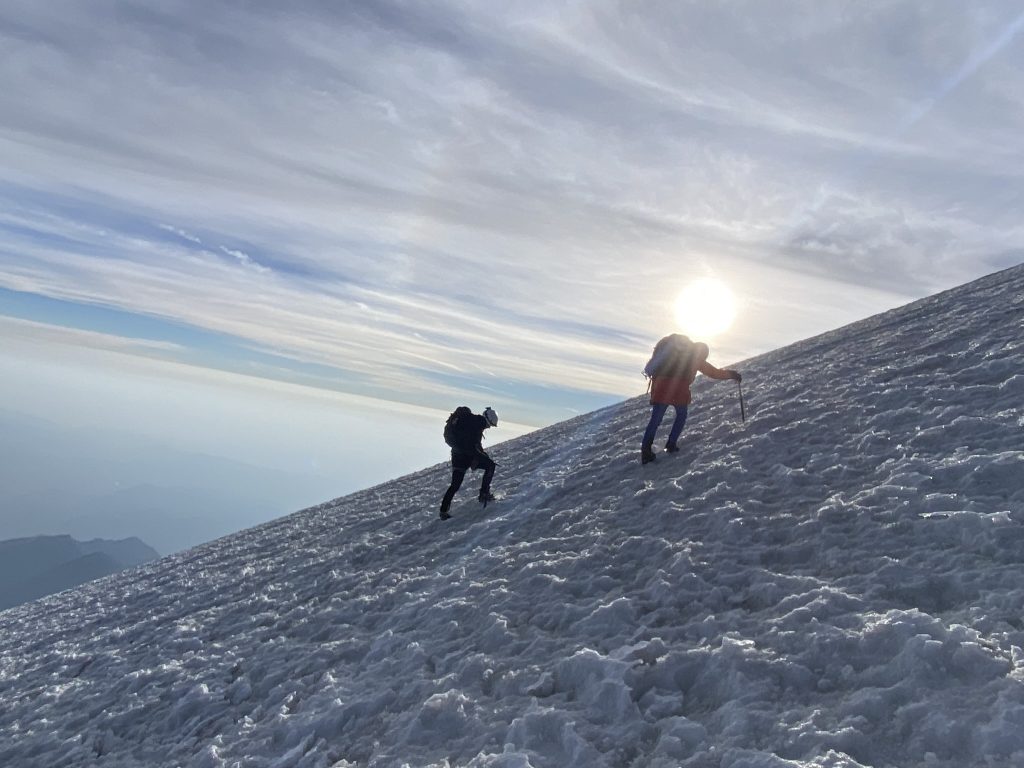
Please do not underestimate Pico de Orizaba, I’ve seen many people who did. They thought they could do it without proper acclimatisation and suitable clothing, and unfortunately they had to turn back.
Mountain is quite steep, and the glacier feels very long. There are no obvious places to rest, so you will need to climb for consecutive hours without long and comfortable breaks, you will stop to catch a breath, have a sip of water and you will need to carry on. Trust me it is a physically and mentally challenging mountain, and the ascent requires a high level of physical fitness. It is a long summit day, even up to 15 hours with really minimal opportunities to stop and rest which can be extremely tiring. But standing on the top of Pico can be the most rewarding and beautiful experience ever! Apparently, for many people the most memorable and iconic aspect about climbing Pico de Orizaba is the shadow that the mountain casts at sunrise. It can definitely be a highlight of the climb, unfortunately I haven’t had a chance to see it, as I reached the summit at 9.30 am.
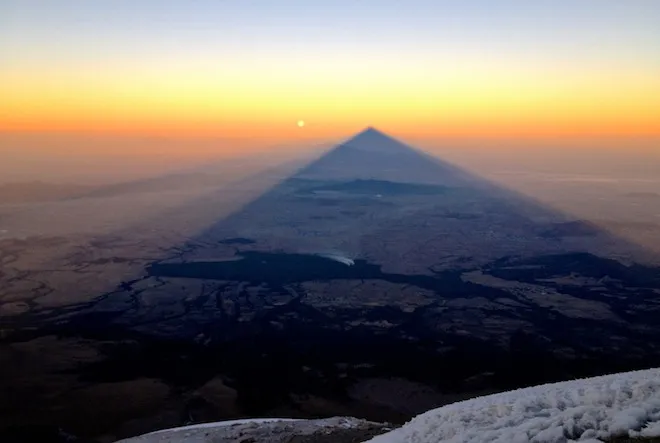
A Photographic Journey Up Pico de Orizaba, Mexico’s Tallest Mountain


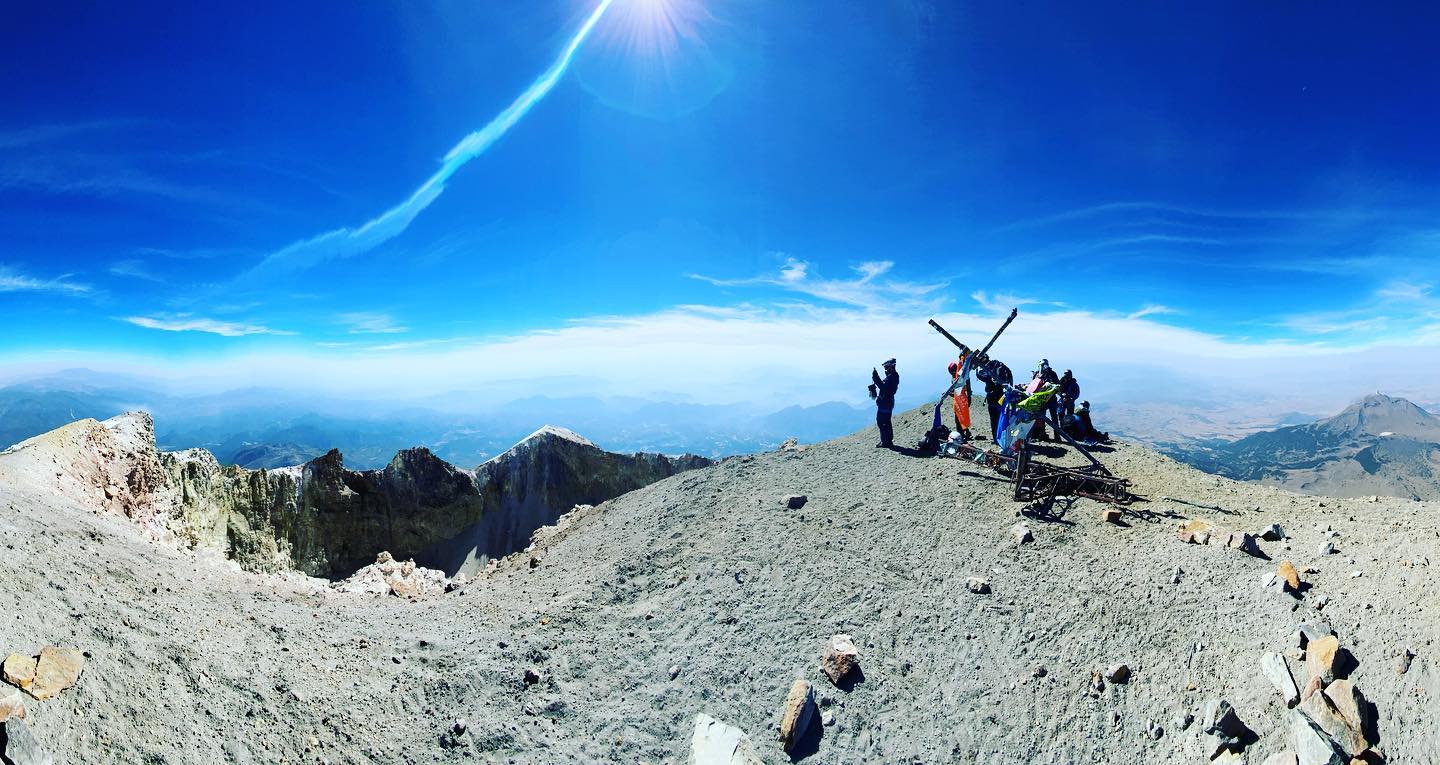
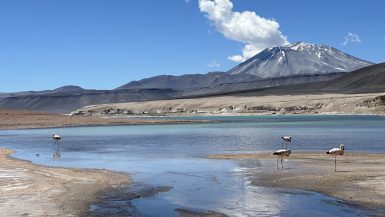

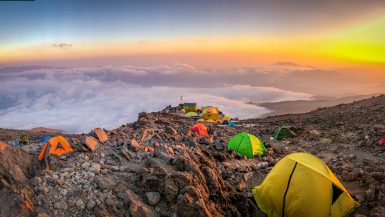
Leave a reply